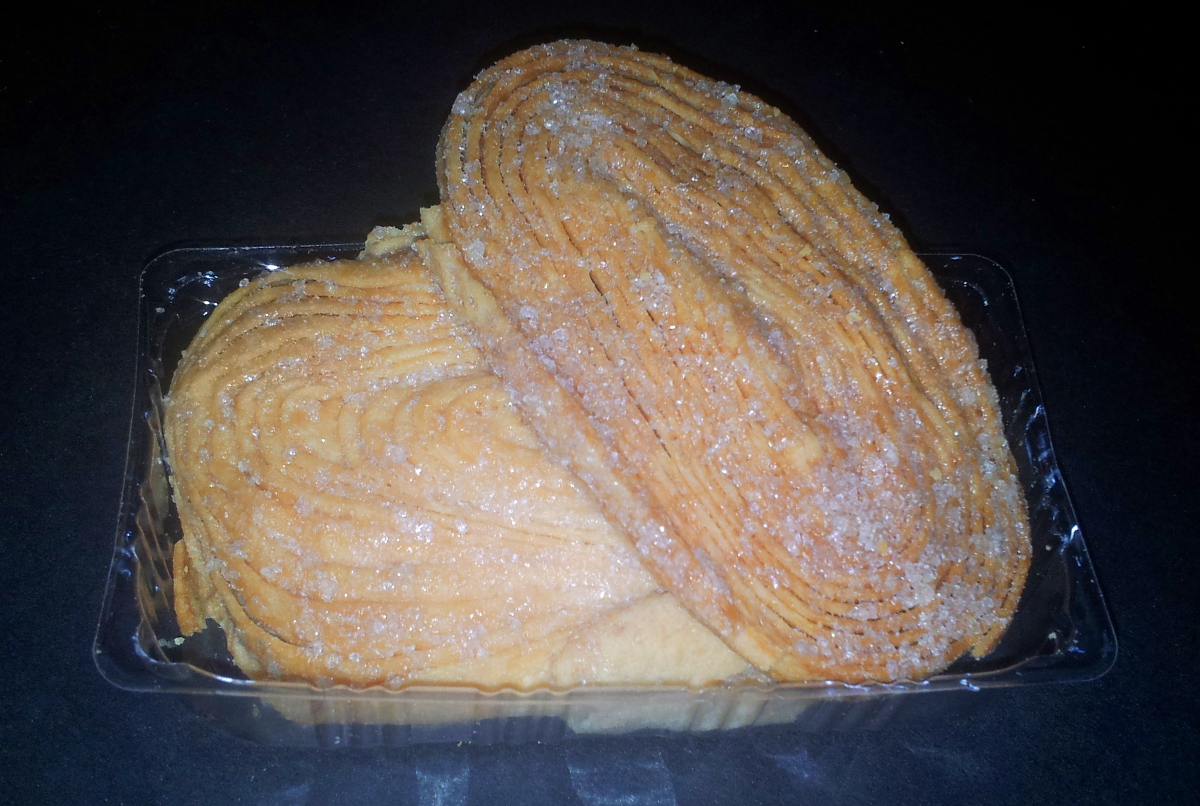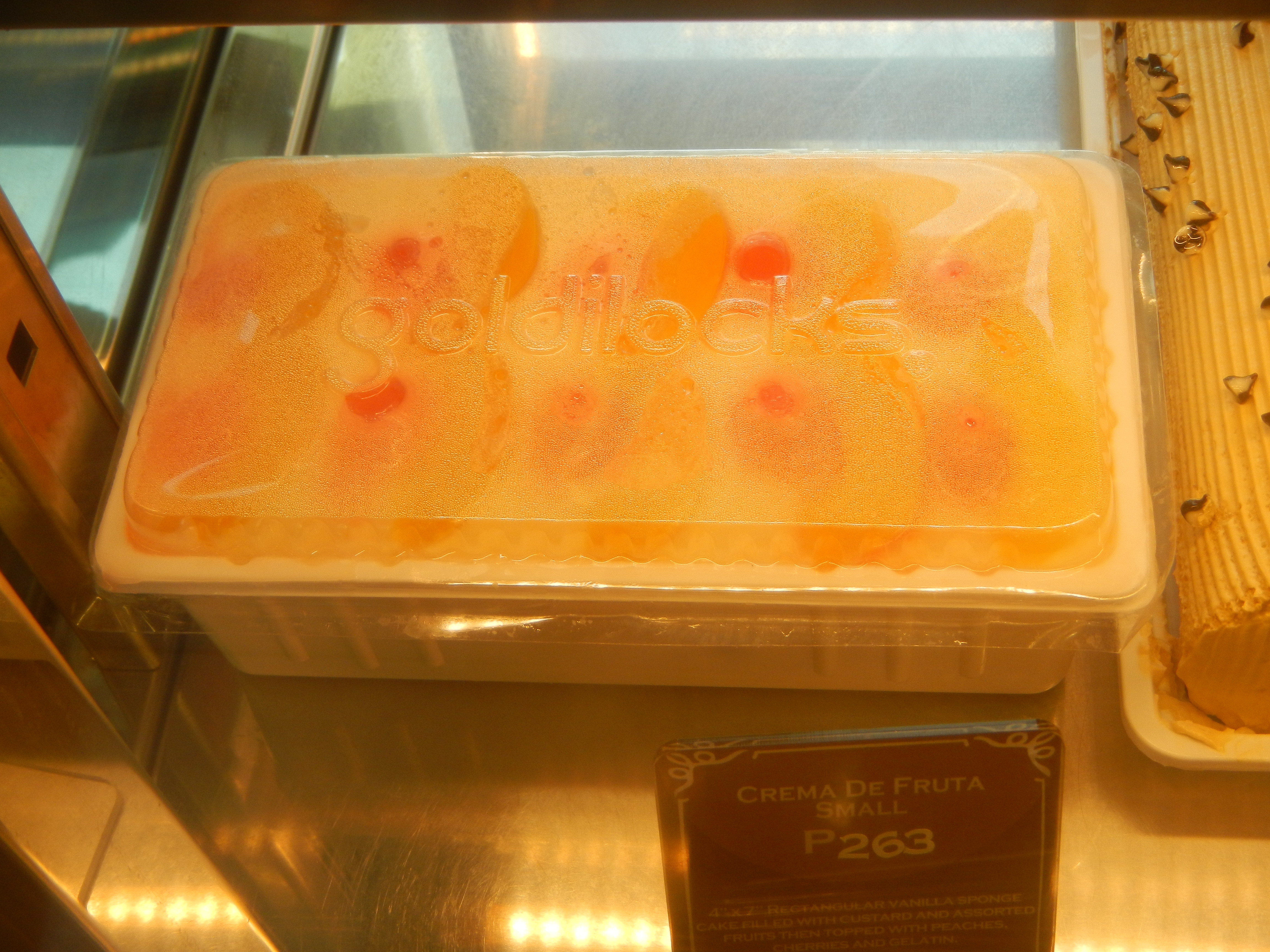|
List Of Philippine Desserts
This is a list of Filipino desserts. Filipino cuisine consists of the food, preparation methods and eating customs found in the Philippines. The style of cooking and the food associated with it have evolved over many centuries from its Austronesian origins to a mixed cuisine of Malay, Spanish, Chinese, and American influences adapted to indigenous ingredients and the local palate. "Philippine Cuisine." . Accessed July 2011. Philippine desserts 
[...More Info...] [...Related Items...] OR: [Wikipedia] [Google] [Baidu] |
Banana Cue
A banana is an elongated, edible fruit – botanically a berry – produced by several kinds of large herbaceous flowering plants in the genus ''Musa''. In some countries, bananas used for cooking may be called "plantains", distinguishing them from dessert bananas. The fruit is variable in size, color, and firmness, but is usually elongated and curved, with soft flesh rich in starch covered with a rind, which may be green, yellow, red, purple, or brown when ripe. The fruits grow upward in clusters near the top of the plant. Almost all modern edible seedless ( parthenocarp) bananas come from two wild species – ''Musa acuminata'' and ''Musa balbisiana''. The scientific names of most cultivated bananas are ''Musa acuminata'', ''Musa balbisiana'', and ''Musa'' × ''paradisiaca'' for the hybrid ''Musa acuminata'' × ''M. balbisiana'', depending on their genomic constitution. The old scientific name for this hybrid, ''Musa sapientum'', is no longer used. ''Mu ... [...More Info...] [...Related Items...] OR: [Wikipedia] [Google] [Baidu] |
Crema De Fruta
''Crema de fruta'' (Spanish: "fruit cream") is a traditional Filipino fruitcake made with layers of sponge cake, sweet custard or whipped cream, gelatin or ''gulaman'' (agar), and various preserved or fresh fruits, including mangoes, pineapples, cherries, and strawberries. It is usually served during the Christmas season. It has multiple variations, ranging from changes in the fruits used to the addition of ingredients like jam, sago, condensed milk, and others. An icebox cake variant of ''crema de fruta'' also exists, which is much easier to prepare. It is traditionally made with ladyfingers ('' broas'') instead of sponge cake, with layers of custard and fruits. A modern variant of this is the ''crema de mangga'' or "mango float", which uses graham crackers, whipped cream, and ripe Carabao mangoes. See also * Ube cheesecake *Mango cake *Ube cake *Cassata *Charlotte (cake) *Halo-halo *Mamón *Sans rival *Tiramisu *Trifle Trifle is a layered dessert of English origin. T ... [...More Info...] [...Related Items...] OR: [Wikipedia] [Google] [Baidu] |
Caycay
Caycay () is a Filipino crunchy layered cookie coated in syrup (''latik'') or honey and rolled in coarsely ground toasted peanuts. It originates from the islands of Bohol and Cebu and is a common specialty in the southern Visayas islands and Mindanao. The name comes from the verb ''kaykay'' which means "to dig up" in the Cebuano language, in reference to the step of coating the cookies in ground peanuts. Some versions coat the cookies in sesame seeds instead of peanuts. See also *Panocha mani *Pinasugbo *Silvanas *List of cookies This is a list of notable cookies (American English), also called biscuits (British English). Cookies are typically made with flour, egg, sugar, and some type of shortening such as butter or cooking oil, and baked into a small, flat shape. Cooki ... References {{DEFAULTSORT:Caycay Philippine cuisine Cookies Peanut dishes ... [...More Info...] [...Related Items...] OR: [Wikipedia] [Google] [Baidu] |
Cascaron
''Cascaron'' is a Filipino doughnut made of deep-fried ground glutinous rice, grated coconut, and sugar. They are commonly ball-shaped and are sold on skewers, but they can also be elongated, pancake-shaped, or doughnut-shaped. The name is derived from Spanish ''cascarón'' ("eggshell") due to its common spherical shape and crunchy exterior. It is not to be confused with cascarón, which is a hollowed-out chicken egg filled with prizes derived from the same term. It is known by numerous other names, depending on the region, including ''carioca'' and ''tinudok''. It is also known as ''bitsu-bitsu'' (or ''bicho-bicho''), not to be confused with '' bicho'' or ''bicho-bicho'', which is a Chinese Filipino version of ''youtiao'' made with regular flour. Among the Ibanag, a variant of cascaron shaped like flattened ovals is known as ''pinakufu'' or ''paborot''. It is also more generically known as ''bunuelo'' (also ''bunwelo'', ''binuelo'', ''binowilo'', etc.), after ''buñuelo'', ... [...More Info...] [...Related Items...] OR: [Wikipedia] [Google] [Baidu] |
Camote Cue
Camote cue or camotecue is a popular snack food in the Philippines made from ''camote'' (sweet potato). Slices of ''camote'' are coated with brown sugar and then fried to cook the potatoes and to caramelize the sugar. It is one of the most common street foods in the Philippines, along with bananacue and turon. The term is a portmanteau of "''camote''" and "barbecue", the latter in Philippine English refers to meat cooked in a style similar to kebabs. Overseas Pinoy Cooking. Accessed on November 6, 2010. Though served ed on bamboo sticks, it is not cooked on the stick. The skewer is purely for easier handling as it is usually sold as street food. See also * < ...[...More Info...] [...Related Items...] OR: [Wikipedia] [Google] [Baidu] |
Young Coconut
Coconut water (also coconut juice) is the clear liquid inside coconuts (fruits of the coconut palm). In early development, it serves as a suspension for the endosperm of the coconut during the nuclear phase of development. As growth continues, the endosperm matures into its cellular phase and deposits into the rind of the coconut pulp. The liquid inside young coconuts is often preferred to the liquid of a ripened coconut. Coconut water from young green coconuts is also known specifically as buko juice in Philippine English. Harvesting Fresh coconuts are typically harvested from the tree while they are green. A hole may be bored into the coconut to provide access to the "meat" (liquid and pulp). In young coconuts, the liquid and air may be under some pressure and may spray slightly when the inner husk is first penetrated. Coconuts that have fallen to the ground are susceptible to rot and damage from insects or other animals. Products Plain coconut water has long been ... [...More Info...] [...Related Items...] OR: [Wikipedia] [Google] [Baidu] |
Buko Pie
Buko pie, sometimes anglicized as coconut pie, is a traditional Filipino baked young coconut (malauhog) custard pie. It is considered a specialty in the city of Los Baños, Laguna located on the island of Luzon. Buko pie is made with young coconuts (''buko'' in Tagalog), and uses sweetened condensed milk, which makes it denser than cream-based custard pies. There are also variations of the pie, which are similar but use slightly different ingredients, such as macapuno pie, that uses ''macapuno'', special type of coconut that is thick and sticky. The pie was originally a delicacy only available in the Philippines, but blast freezing technology has allowed buko pie-makers the ability to export. As it has become easier to transport and more accessible around the world, people are able to buy it as a ''pasalubong'' or homecoming present after having visited the Philippines. Buko pie is traditionally plain, but nowadays flavorings such as pandan, vanilla, or almond essences are u ... [...More Info...] [...Related Items...] OR: [Wikipedia] [Google] [Baidu] |
Bukayo
''Bukayo'' is a Filipino dessert made from sweetened coconut strips. It is traditionally made by simmering strips or shredded bits of young, gelatinous coconut (''buko'') in water and ''sinuklob'', which is sugarcane muscovado sugar melted into a chewy caramel-like consistency. Dryer versions of ''bukayo'' with a crumbly texture are known as ''bocarillo''. ''Bukayo'' can be eaten on its own, usually rolled into little balls. But they can also be used as garnishing and fillings for other desserts, most notably for ''pan de coco'' and '' sinudlan empanada''. ''Bukayo'' is also spelled as ''bucaio'', ''bucayo'', ''bokayo'', ''bukhayo'', or ''bukayu''. During the Spanish rule of the Philippines, it was known as ''conserva de coco'' ("coconut preserve") in Spanish. It is also known as ''hinti' in Tausug. Peanut brittle in the Philippines is also sometimes locally known as ''bukayo mani''. See also *Daral (food) ''Daral'', also known as ''darar'', is a Filipino dessert crêpe r ... [...More Info...] [...Related Items...] OR: [Wikipedia] [Google] [Baidu] |
Biskotso
''Biscocho'', also spelled ''biskotso'' (from ), refers to various types of Filipino twice-baked breads, usually coated with butter and sugar, or garlic in some cases. ''Biscocho'' is most strongly associated with the versions from the province of Iloilo, although it actually exists nationwide in various forms. It is also known as ''biscocho duro'', ''machacao'', or ''matsakaw''. It is also historically known as ''pan de caña'' (literally "ugarane bread"). History The term ''biscocho'' is derived from Spanish ''bizcocho''. However, they are not the same pastries. The original Spanish ''bizcocho'' refers to a type of sponge cake known as '' broas'' in the Philippines. The crunchy twice-baked and sugar-coated Philippine ''biscocho'' (more properly ''biscocho duro''), does not exist in Spanish cuisine. There are multiple claims of people who "invented" the ''biscocho'' in the Philippines, usually varying depending on the region. Variants There are several types of ''biscocho ... [...More Info...] [...Related Items...] OR: [Wikipedia] [Google] [Baidu] |
Binatog
''Binatog'', also known as ''bualaw'' or ''kinulti'', is a Filipino boiled corn dessert topped with freshly grated coconut, butter, and salt or sugar. It is commonly sold as street food in the northern Philippines by vendors known as ''magbibinatog'' carrying characteristic large tin cans, similar to ''taho'' vendors. Description ''Binatog'' is made from dried mature waxy corn kernels soaked in saltwater until the kernels puff up. The kernels are then washed and boiled until very soft. They are then placed into a bowl and topped with grated coconut, butter (or margarine), and sugar to taste. Modern variants of the dish typically use canned Mexican hominy to skip the soaking process, but boiled young corn kernels may also be used. Some variants also use other toppings like coconut milk (''gata'') or evaporated milk, in which case it becomes known as ''binatog sa gata''. See also *Ampaw *Binaki *Ginataang mais *List of maize dishes *Maíz con hielo *Pozole Pozole (; from nah, ... [...More Info...] [...Related Items...] OR: [Wikipedia] [Google] [Baidu] |
Biko (food)
''Biko'' is a sweet rice cake from the Philippines. It is made of coconut milk, brown sugar, ginger, and glutinous rice. It is usually topped with ''latik'' (either or both the coconut curds or the syrupy caramel-like variant). It is a type of ''kalamay'' dish and is prepared similarly, except the rice grains are not ground into a paste. They are also sometimes packaged and sold as '' suman''. It is also known as ''inkiwar'' ''in'' Ilocano Northern Luzon and ''sinukmani'' or ''sinukmaneng'' in the Southern Luzon area. In the Muslim regions of the Philippines, it is known as ''wadjit'' in Tausug; ''wadit'' in Maranao; and ''wagit'' in Maguindanao. A notable variant is ''puto maya'' in Cebuano-speaking regions of the Philippines. It is usually made from purple glutinous rice (called ''tapol'') soaked in water, drained and then placed into a steamer for 30 minutes. This rice mixture is then combined with coconut milk, salt, sugar and ginger juice and returned to the steame ... [...More Info...] [...Related Items...] OR: [Wikipedia] [Google] [Baidu] |



.jpg)
.jpg)
_-_Philippines.jpg)
_Philippines.jpg)